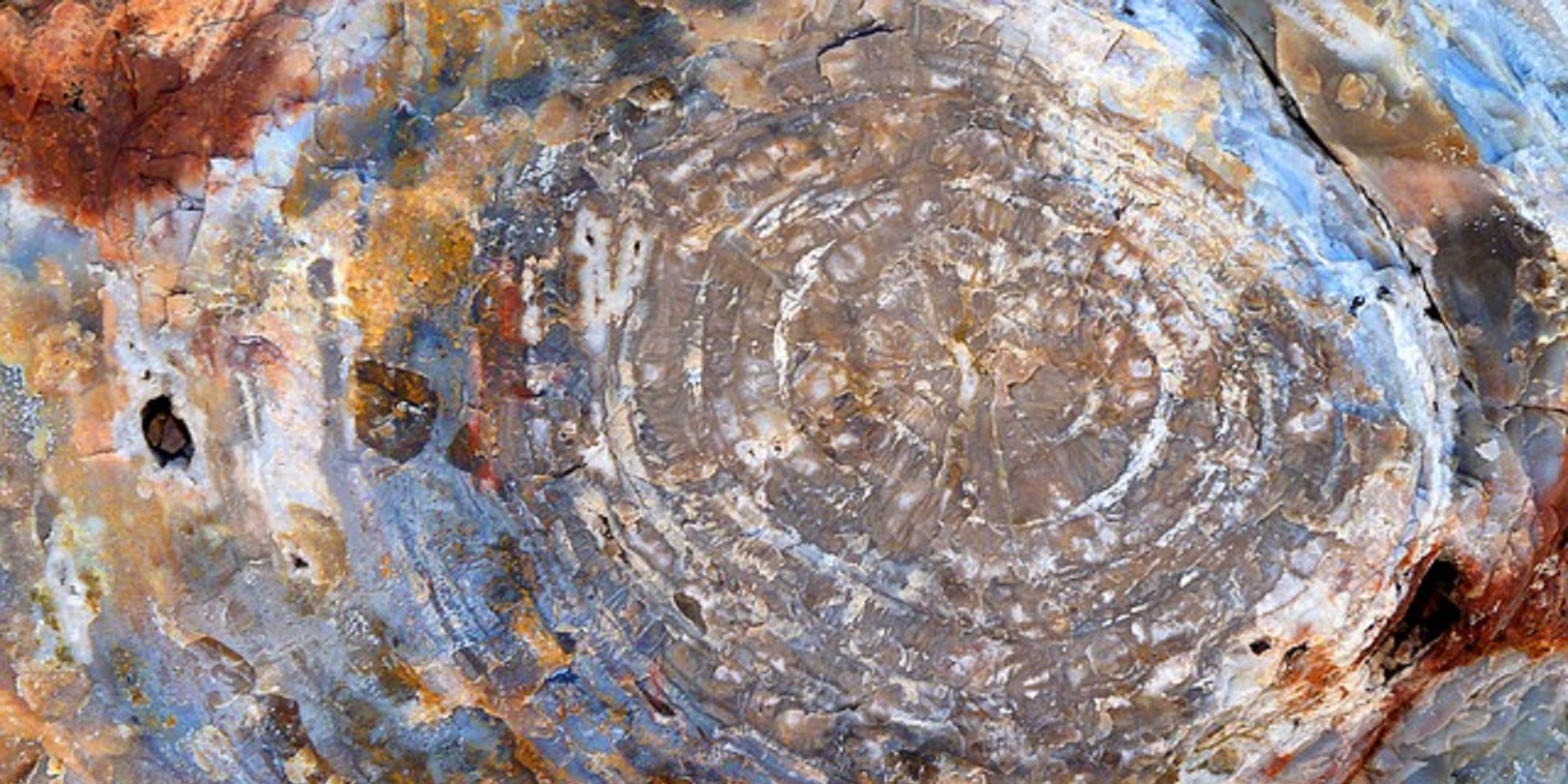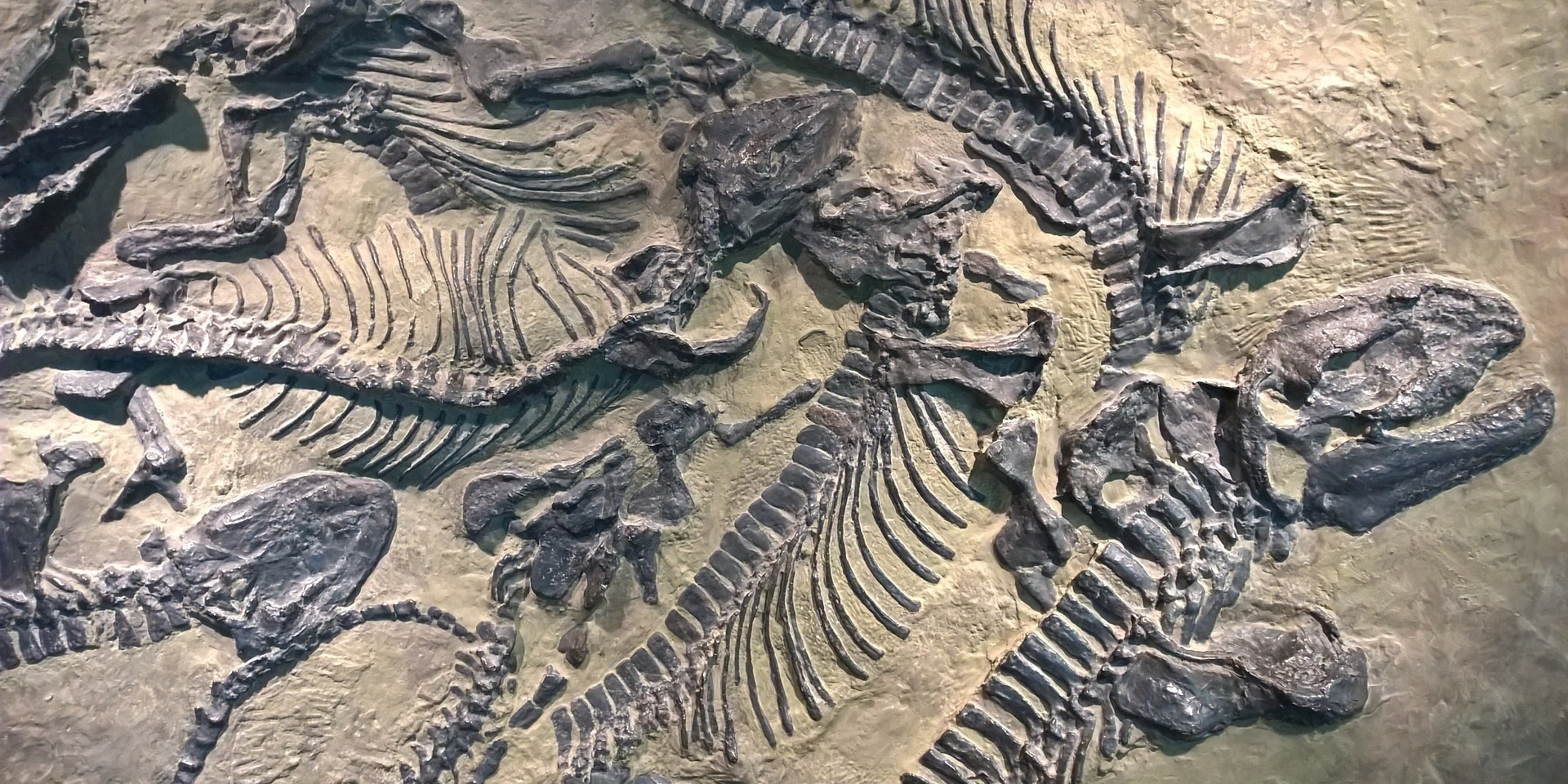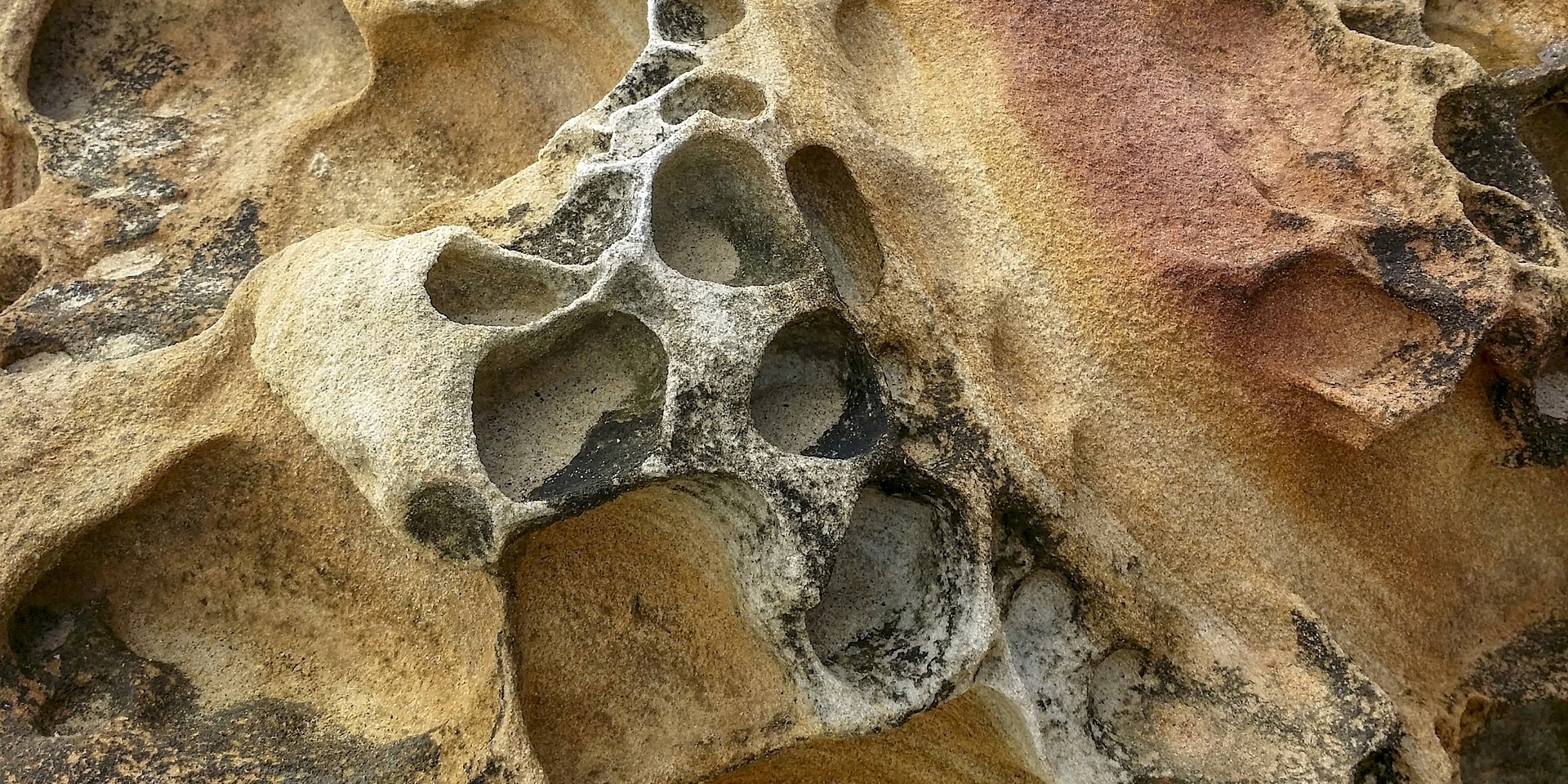Seismic Inversion
Our seismic inversion projects include the following activities:
-Seismic data preparation in the pre-stack domain.
-Well-log analysis and characterization of the relationship between elastic (Vp, Vs, density) and reservoir parameters (Vshale, porosity, saturation).
-Seismic modeling and wavelet-estimation.
-Seismic elastic inversion: we have the most advanced seismic data inversion techniques for the joint estimation of elastic parameters and mass density. Our methods include geostatistical constraints, petrophysical constraints, estimation of the source wavelet spatial variations, multi-component and multi-azimuth inversion if required.
-Our seismic inversion methods can be implemented in time or depth domain, and with variable prior wavelet functions.
-Estimation of reservoir properties and probability indicators for fluid, lithology, porosity and permeability.
-Map generation for the description of sand and hydrocarbon spatial distribution.







